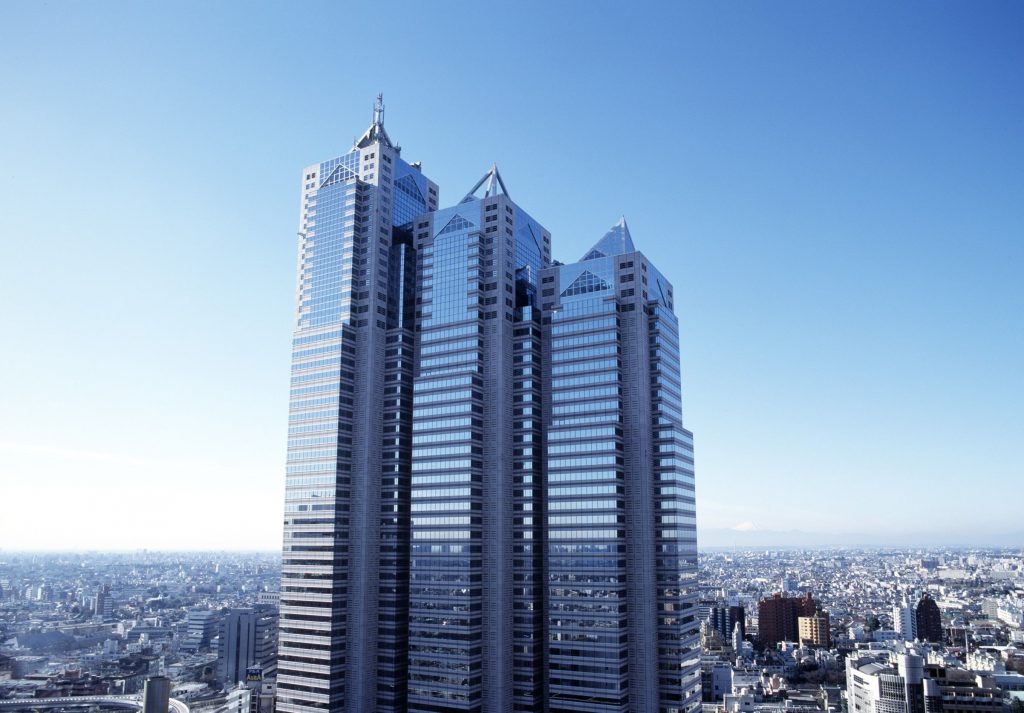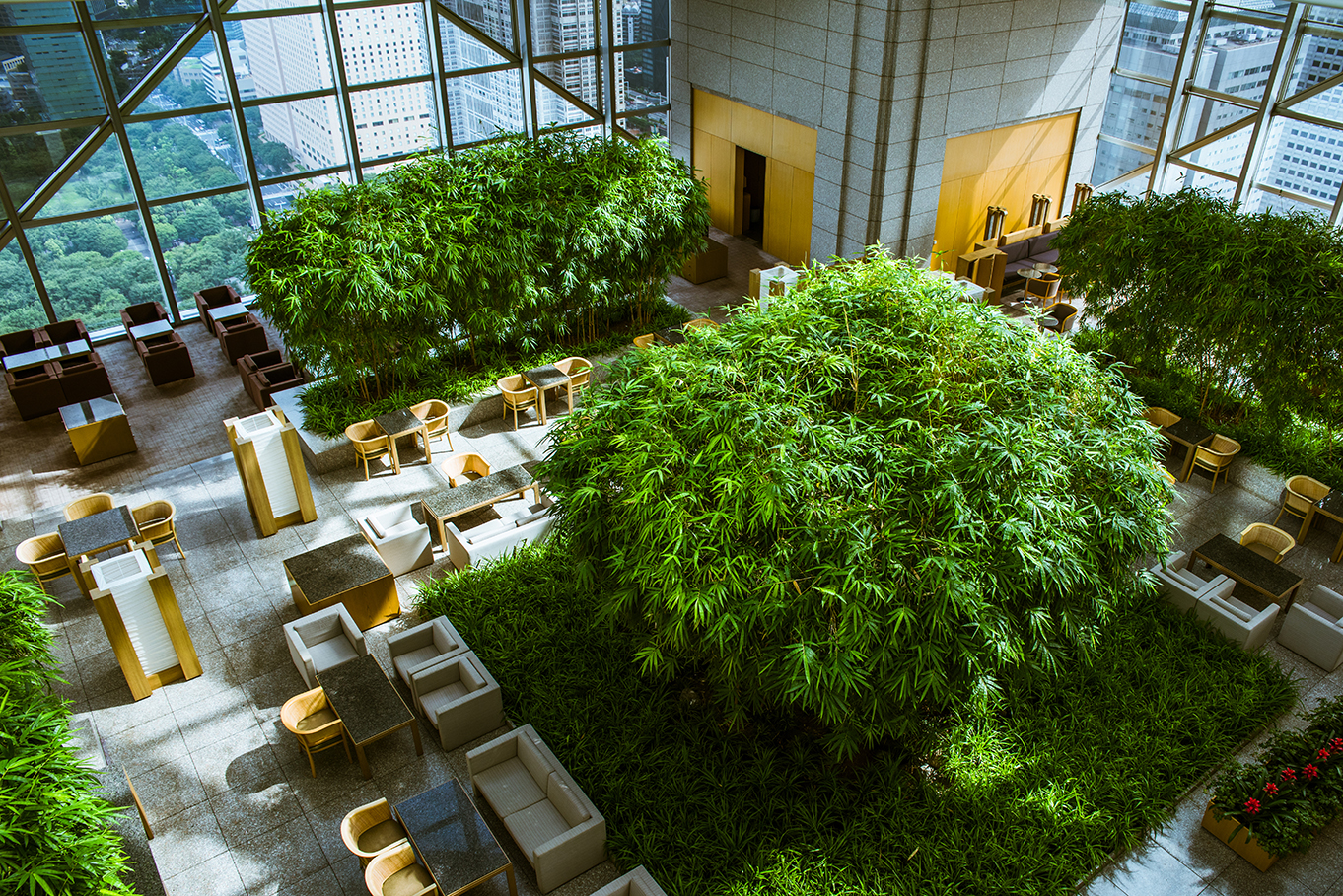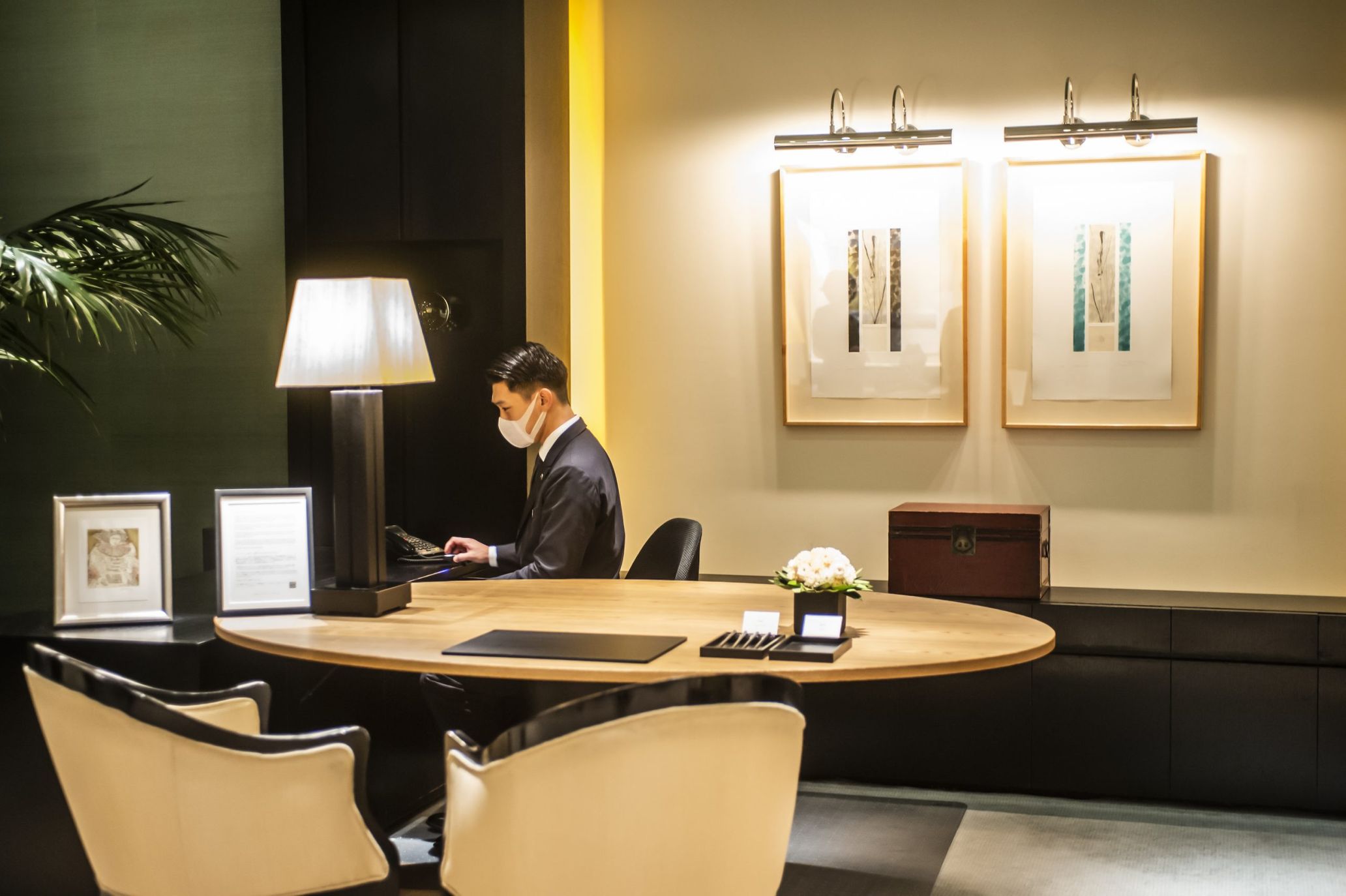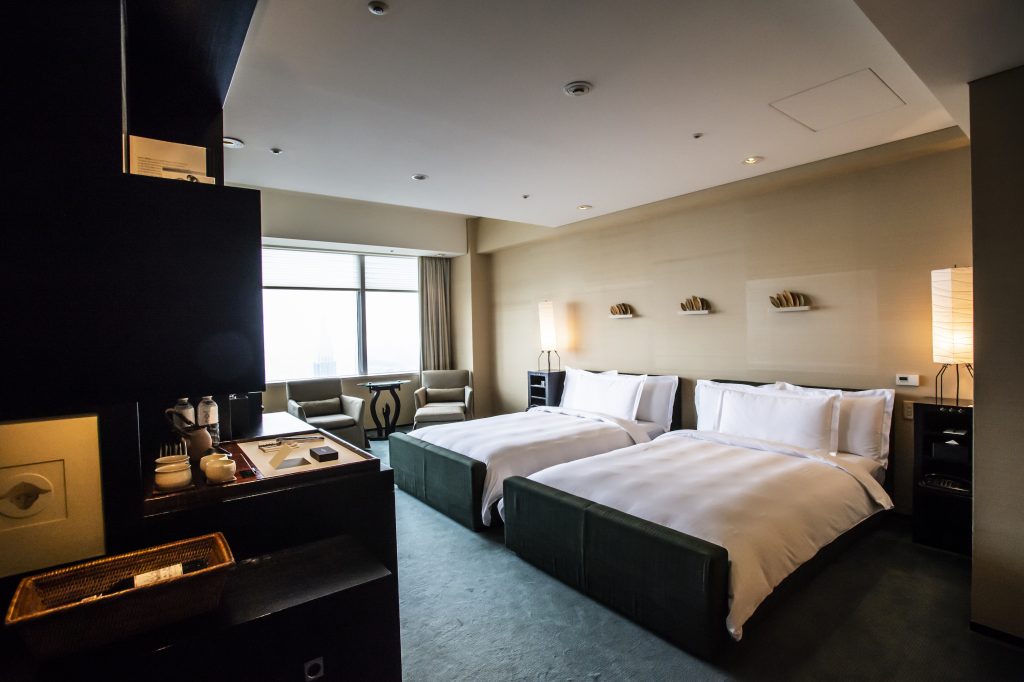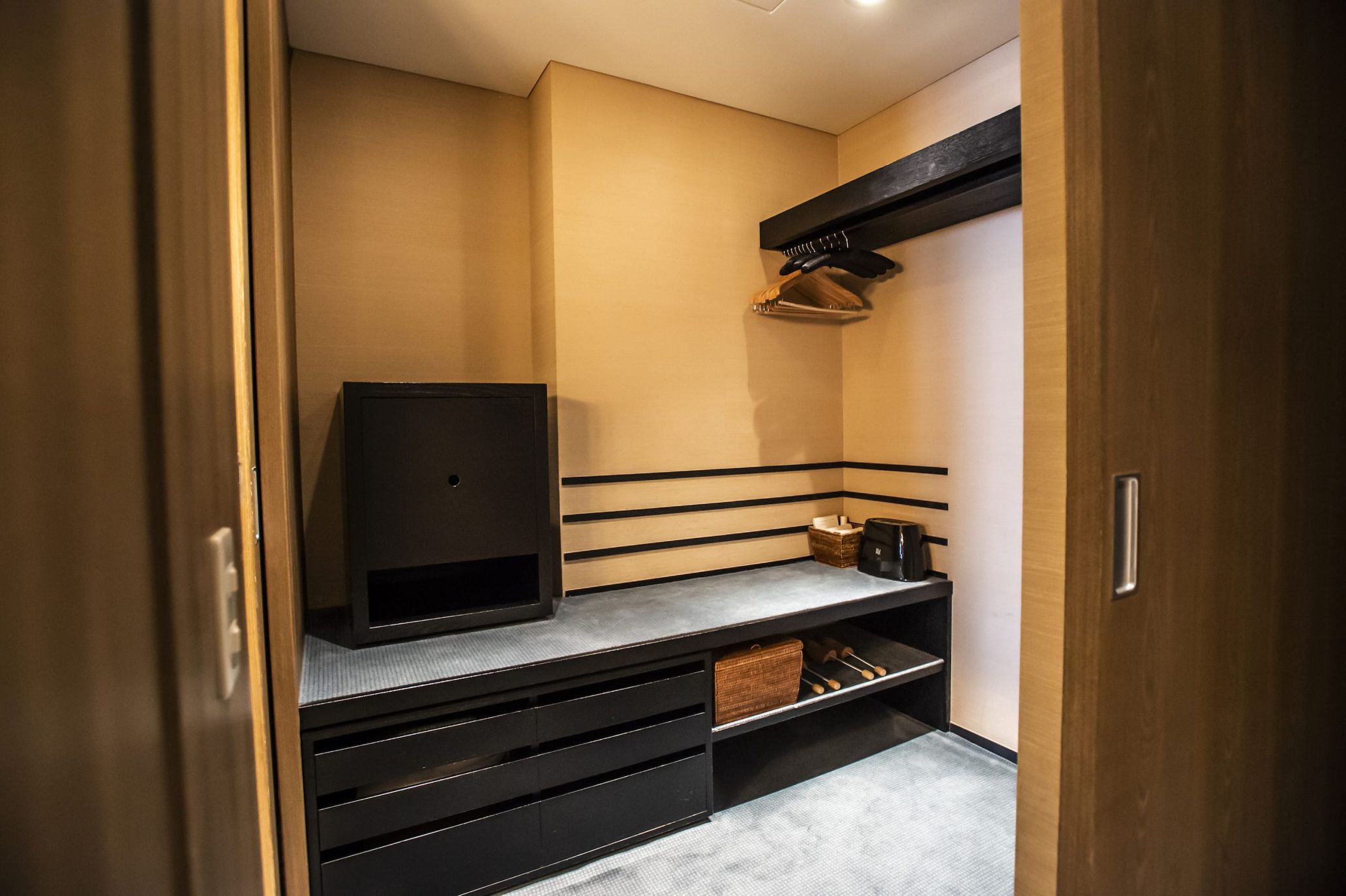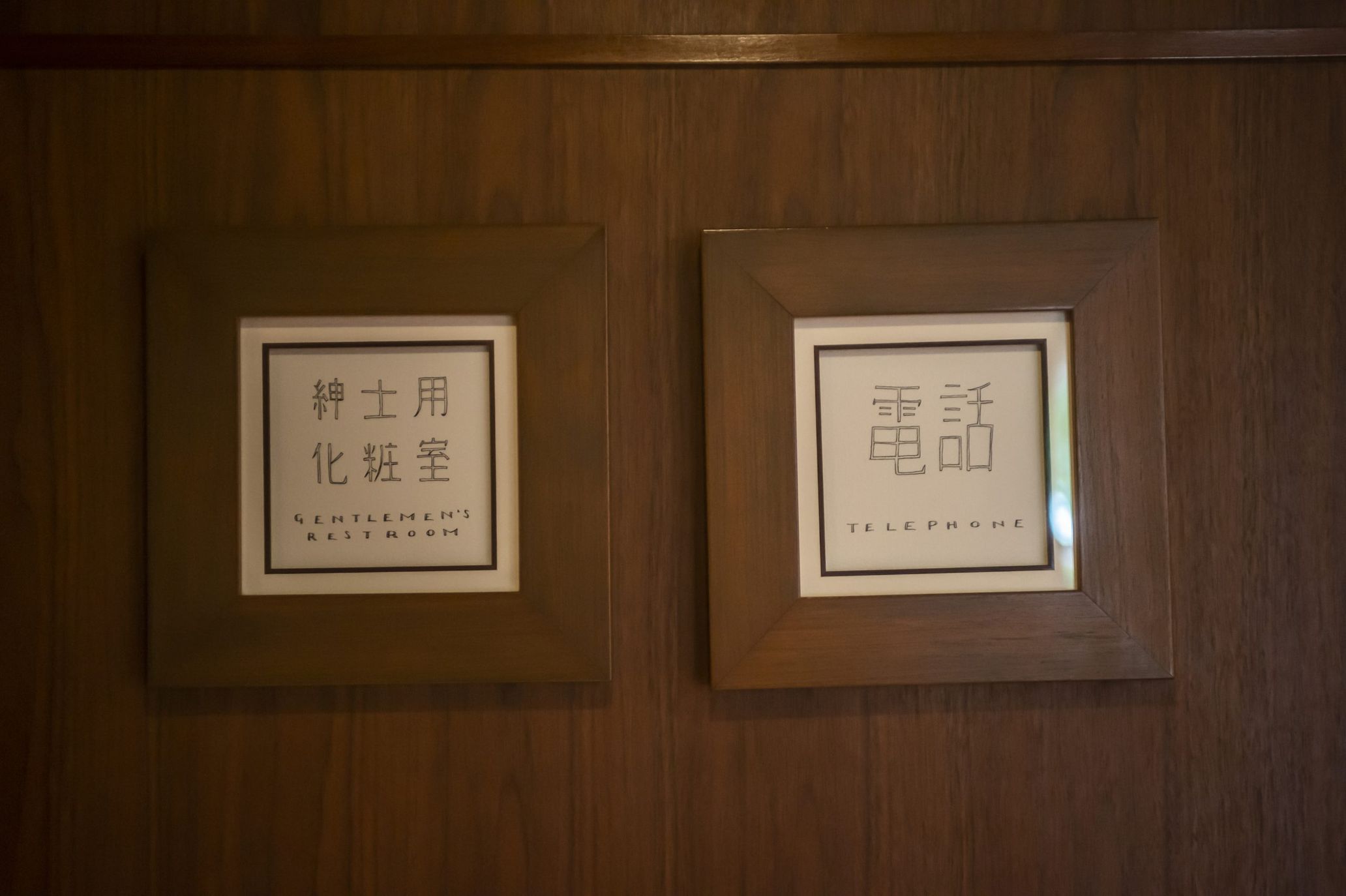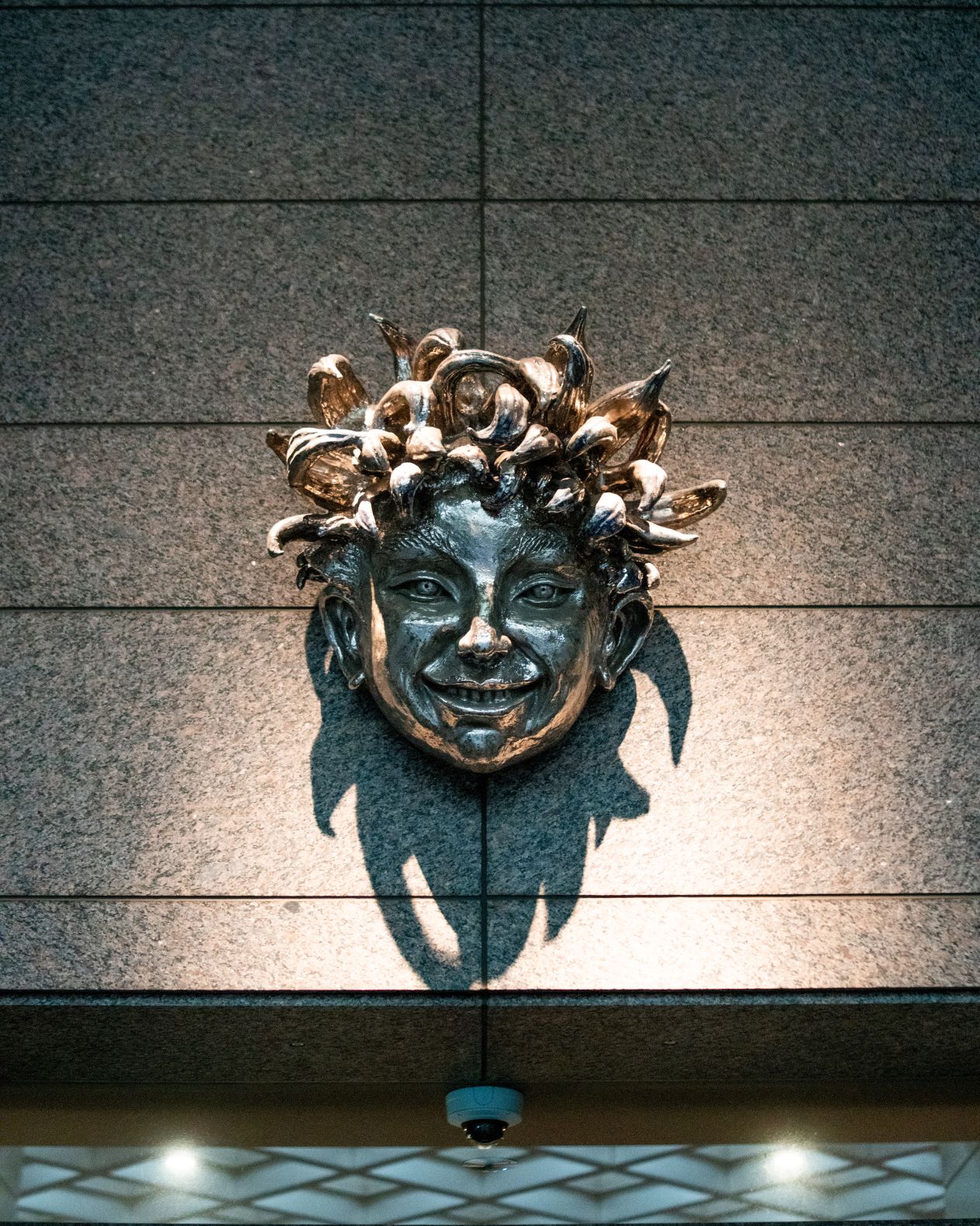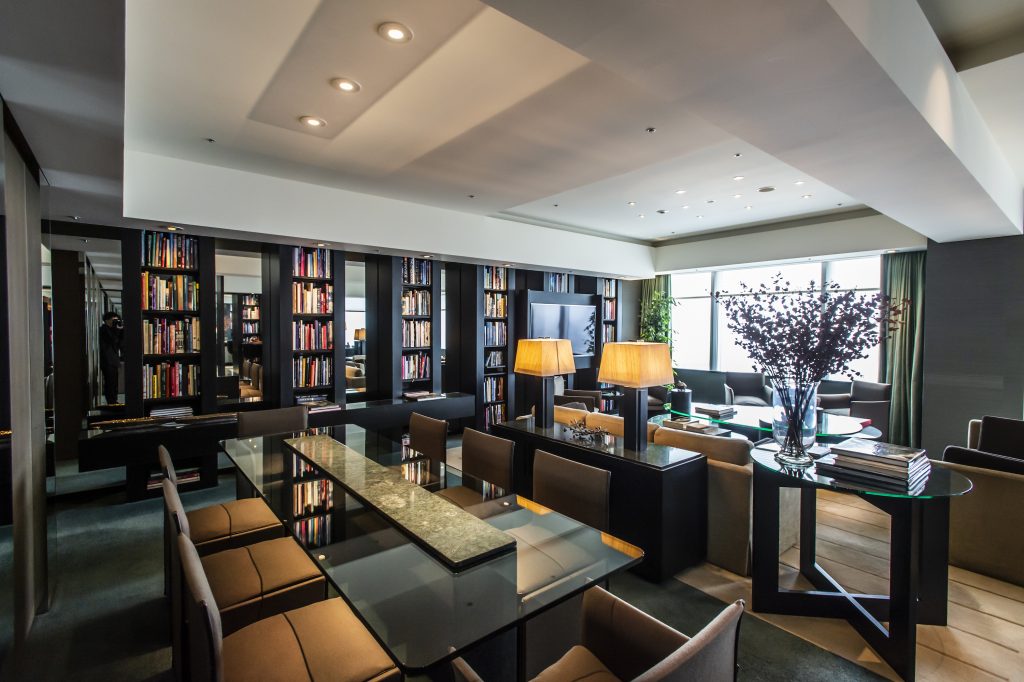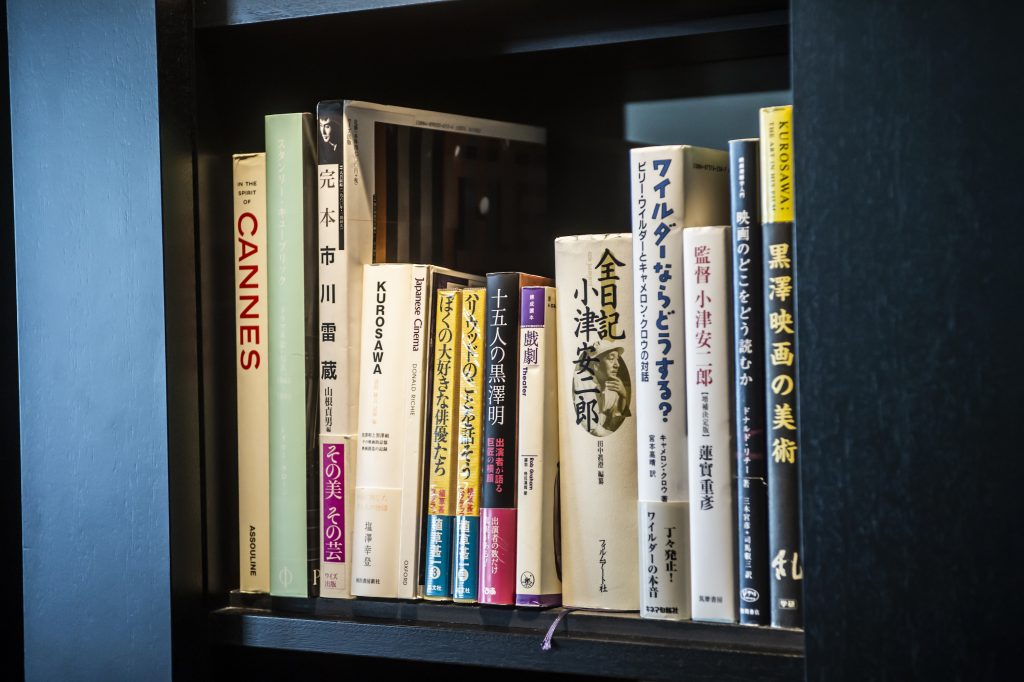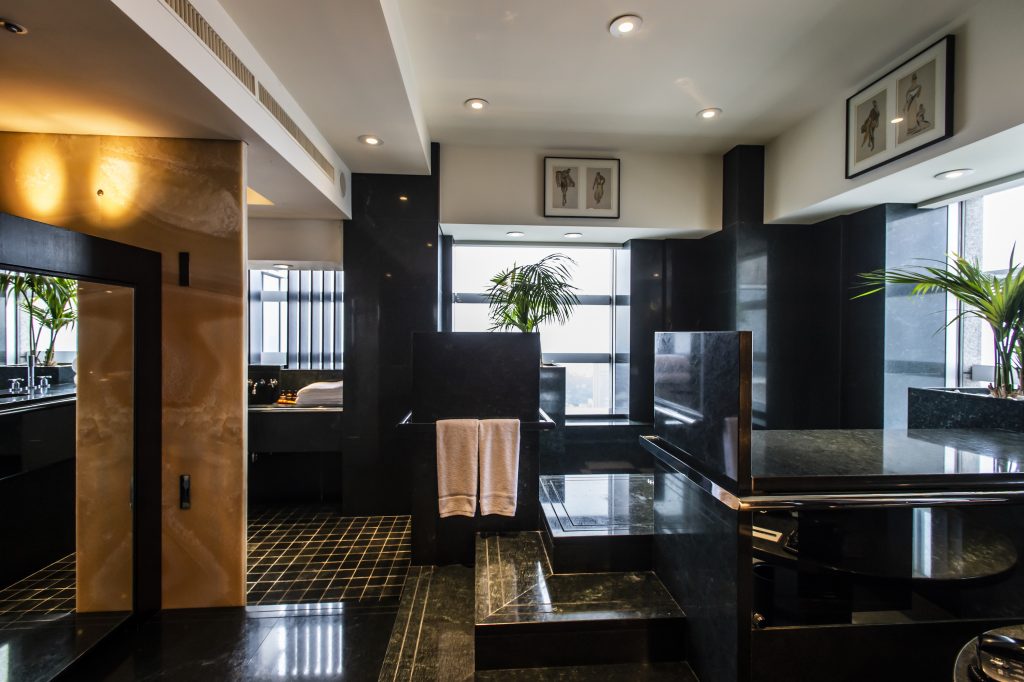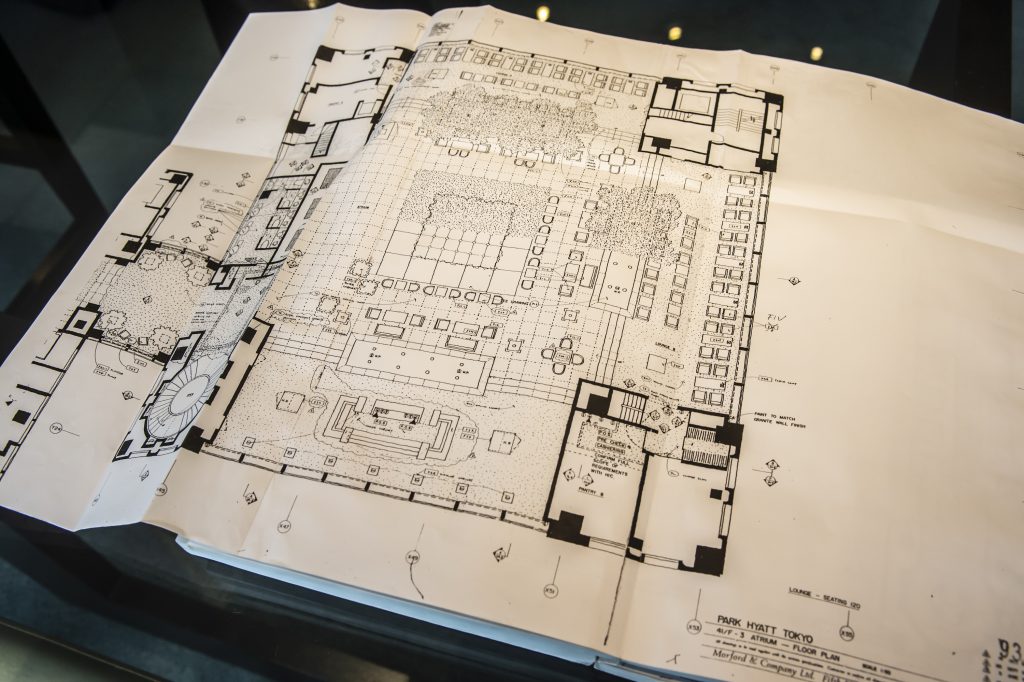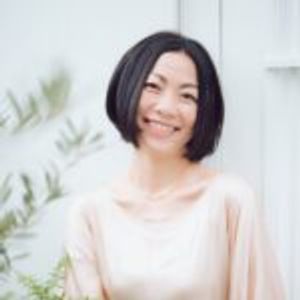Currently, it is difficult to travel even in Japan let alone overseas under the coronavirus pandemic. However, it is a well-known fact that in Japan before pandemic, the barriers for providing accommodation facilities were sharply lowered and the diversification of forms of accommodation was accelerated due to deregulation. In terms of the so-called Minpakus, literally meaning private lodgings, there are emerging luxurious lodgings that utilize renovated old houses and historic buildings produced by designers and architects. Stays in a variety of forms have come to be realized, including newly entered foreign-affiliated hotels.
Also, with the maturity of owned media and SNS, it has become possible to easily obtain photographs that show the look of the facility. Thanks to the images showing appealing elements such as beautiful interior and original setting, the amount of clues and the range of choices for travelers have increased dramatically.
But what we need to keep in mind is that the comfort of stay experience is not necessarily able to be captured in in the picture. There are many invisible factors that bring comfort, such as hospitality, well-managed temperature and humidity, nice tactile sensation, noiseless environment, and stress-free movement lanes within a building. So, what leads to true comfort, satisfaction and a luxurious experience? Here is an example in an urban-stay setting.
The hotel completed with a series of great lucks: Park Hyatt Tokyo
Park Hyatt Tokyo (PHT) was opened in 1994 in Nishi-Shinjuku. It is a small luxury hotel with 177 rooms in the upper part of Kenzo Tange’s work Shinjuku Park Tower, which is located right next to the Tokyo Metropolitan Government Building also designed by the late Kenzo Tange.
In fact, PHT is a globally rare hotel that was metalized by a series of favorable factors in terms of timing, people, and budget. Many of hotel connoisseurs in the world have said, “This kind of hotel will never be born again.” Let’s explore the reason why it is called so.
1994 was the year when Kansai International Airport opened in Japan, and “Madison County Bridge” became a bestseller. From a global perspective, Nelson Mandela took custody of the presidency of South Africa and Ayrton Senna died during an F1 race in this year. In relation to the hotel industry, the business has reached a major turning point with the opening of three big foreign luxury hotels (Shin-Gosanke) one after another against the three long-established hotels: Empire, Okura, and New Otani. Shin-Gosanke consists of Four Seasons Hotel Chinzanso Tokyo (opened in 1992), The Westin Hotel Tokyo (opened in 1994), and PHT.
The story of PHT, owned by Tokyo Gas, begined seven to eight years before its opening. In 1987, Kenzo Tange became the first Japanese to win the Pritzker Prize, which is said to be the Nobel Prize in the architectural world. The Pritzker Prize was established by Hyatt founder Jay Pritzker and his wife, Mrs. Cindy. This may have led Hyatt to connect with Tange and pave the way for the project of PHT.
John Morford and Kenzo Tange: two men made PHT “a hotel that will never be born again”
Before entering the hotel, let’s first look at the architecture of Shinjuku Park Tower by Kenzo Tange.
The construction was started in 1990. Shinjuku Park Tower is a skyscraper with an original design that rises 235 meters from the ground, with a series of triangular roofs that draw diagonal lines on the north side. It was a huge project with a total of 1 million people involved in the construction. Granite stones imported from Sardinia, Italy were used for the façade, and the light red color of this granite stones and the design of the building play a role in creating the elegant atmosphere of this huge and high-rise architecture. It is a high-end skyscraper utilizing luxurious materials, built by a world-class architect as a commission work. PHT is located at the top of the building, on the 39th to 52nd floors.
The hotel in the upper part of a skyscraper is not uncommon now, but PHT was a pioneer in Japan. Hong Kong-based interior designer John Morford was fully responsible for the interior design of the hotel. And this man is the biggest reason why PHT is called “a hotel that will never be born again”.
Hyatt and Morford had been working together on several projects before one in Tokyo, including Grand Hyatt Hong Kong’s restaurant bar “JJ’s” and Grand Hyatt’s refurbishment in Seoul. However, PHT was the only hotel he was in charge of whole building, so it can be said that Hyatt headquarters made a bold decision for Tokyo. In response to this decision, Morford did a great job with a groundbreaking result. I would like to give an overview of it from the perspective of hotel guests.
The entrance on the second floor of the building isn’t as mellow as it sounds. Rather, it may look sober. Given that the entrance of luxury hotels in the 1990s mainly had vast spaces decorated with oversized chandeliers and gorgeous flowers, many people may have felt uncomfortable at that time. It would be appropriate to describe the lighting inside the elevator that goes up to the lobby floor located on the 41st floor as dim. However, as soon as the elevator door opens on the 41st floor, there will be a different world in front of the guests. It is novel and original.
There is a huge open ceiling space up to the triangular top of the building into which its glass windows admit natural light. And the visitors are welcomed by the “Peak Lounge” and a huge bamboo planting reminiscent of a bamboo grove. This original and innovative gap between the modest entrance and the opened lobby floor that gives an overwhelming impact, surprises and uplifts guests. By the way, this technique was not found in Japan’s three-big hotels, but also in other Shin-Gosanke hotels that opened at about the same time. The hotels located in the highest part of the building like PHT, such as The Ritz-Carlton Tokyo (2007) and Aman Tokyo (2014), which opened in the 2000s, adopted that technique more than 10 years later.
The best use of light and its successful psychological effect
Photography Kunihisa Kobayashi
Here are more examples of its unique and original designs. The guests go further inside the lobby for check-in, and what they come across after passing through the European brasserie “Girandole”, is the corridor that has bookshelfs on its both sides. Therefore, the guests arrive at the reception while being surrounded by books.
The psychological term Primary Effect refers to the fact that the first impression occupies most of the impression of things. When Morford worked on PHT, he put the most emphasis on the arrival experience and lighting, which tells how influential the first impression is in formulating the overall image of the hotel and that he made maximum use of “light”, which is strongly effective factor in creating impact. By the way, PHT may have probably been one of the first Japanese hotels in which guest can check in at the table instead of at the reception counter.
Guest room (standard room): The embodiment of the thorough guest-first policy
Photography Kunihisa Kobayashi
Photography Kunihisa Kobayashi
Photography Kunihisa Kobayashi
Cinematography Kunihisa Kobayashi
There are gimmicks, ingenuity and interior direction also in the guest rooms which is arguably the primary base of the hotel-stay experience. A typical guest room in PHT has an area of about 55㎡, which was an epoch-making size at that time. And the double-sized beds were laid out even in twin rooms. In addition, there is a walk-in closet right next to the door, a bathroom located behind it and the bedroom in the innermost part of the room. This flow line that leads to the bedroom makes all the actions that the guests would do when they first arrive at the room, from putting off luggage and coats, to washing hands and relaxing, smoother. Guests can naturally sit on the bed and take a break because of the layout of a quite big closet and bathroom for a standard room. The low-height beds, which are unusual for foreign-financed hotels, were designed to enable guests to see the skyscrapers in Tokyo in front of the line of sight without dropping their gaze when lying down.
Works of art by leading artists from Japan and abroad are lined up in public spaces
Photography Kunihisa Kobayashi
All the hotel-stay experiences mentioned here were set up and directed by John Morford himself. Most of them were introduced for the first time in Japanese hotels, and are the designs and systems that would be seen later in the other hotels.
His works went far beyond those. He directed and produced all the things the guests would see, from the decorations and works of art shown in public spaces and all guest rooms, to the selections and even the arrangement of the books in the library.
The most notables are the masks by a potter / actress Mieko Yuki. The masks such as Gazzi exhibited at the entrance were created by her exclusively for this hotel at Morford’s request. Since he lives in Hong Kong and doesn’t know Mieko as an actress, he ordered them after seeing an artbook that contains a collection of her works he got at the bookstore. He has also chosen Yoshitaka Echizenya’s oil paintings depicting the changing seasons, the antiques mainly imported from Asian countries, uneven rugs, and even the framed antique clothes in the guest rooms. The signs for phones, restroom and maps were hand-drawn by British artist Robin Weiler. In the Peak Bar located on the 41st floor, there are a number of drawings respectively depicting various views of Tokyo drawn by him during his two-week stay in Tokyo.
The room that bears the PHT’s individuality and clearly expresses its style: Tokyo Suite
Photography Kunihisa Kobayashi
Photography Kunihisa Kobayashi
Photography Kunihisa Kobayashi
Photography Kunihisa Kobayashi
Photography Kunihisa Kobayashi
The Tokyo Suite may be the one that clearly shows the style of the hotel. Newly built in 2007, the guest room is 220 square meters in size, with 1000 books lined up in the living room (of course Morford has also selected and arranged them). Other than that, Mieko Yuki’s mask, paintings by Yoshitaka Echizenya, and antique hats with beautiful silver work worn by Chinese minorities Miao people at the festival are casually displayed.
There are a huge number of books demonstrating the intelligence, atmospheric antiques, and unique and original works of art. They are the artifacts that carry the individuality of PHT, and there are discerning professionals in every field. And most hotels outsource to their professionals in terms of selection of these goods. But at PHT, Morford does everything from interior composition to decoration by himself. In addition, creative offices that usually undertake interior design for large-scale clients such as hotels have primary and secondary designers, who are supported by assistants. But he does not even have an assistant. Only one person chooses and arranges even one of the old clothes to be displayed in the guest room. And this is how interior of the hotel was completed.
John Morford’s perfectionism, passion and uncompromising aesthetic behind the birth of PHT
Photography Kunihisa Kobayashi
It can be said that PHT was born only with the ferocious passion and the uncompromising sense of aesthetic of a perfectionist John Morford. Despite this, his charm and whole picture has rarely been highlighted. It is due to his extreme dislike for being in the limelight. The only interview finally found by the hotel was the one by Tyler Brû, the first editor-in-chief of the British magazine “Wallpaper”. Too little exposure has covered the thoughts and background story behind the feat with a thick veil, which means we can only know a little about his secret. His hand-drawn architectural drawings, which can be said to be part of the secret, were exhibited at the party of the 25th anniversary of the opening of the business. Finely depicting everything from the planting to the carpet pattern, it seemed to tell his perfectionism. The drawings that were checked for the exhibition after a long time were too detailed, and many hotel staff did not even notice that they were hand-painted.
Morford had a habit of saying: “God dwells in the details”. He created it one by one with his own hands. But actually, he couldn’t probably leave it to the others because of his perfectionism.
There is an episode that tells his perfectionism. He used to go around the entire building with the person in charge of the facility every time he visited there, but at one point he pointed out that the brightness of the lighting was different. However, there was no mistake because the light bulb was the one specified by Morford in terms of wattage and manufacturer. However, after a careful check, it turned out that the one he pointed out had been replaced at a different time. He finds out and corrects even the slightest difference. He created and nurtured PHT by looking carefully how the harmony goes instead of by looking at data.
The gods in PHT are not only enjoyed by guests. The second part will focus how the innovation in restaurants and bars that many people would enjoy and the perfectionism of charisma Morford came true. We are going to get to the heart of its success.

